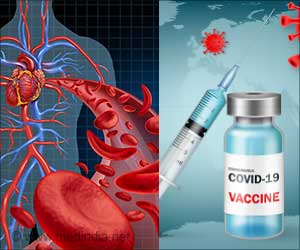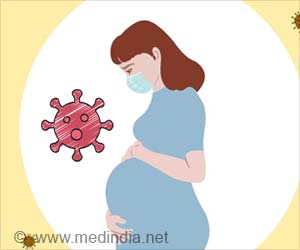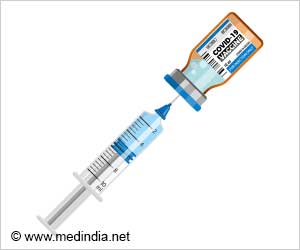Research finds smaller dose of blood thinners is equally effective for blood clots and carries less bleeding risk.

‘Nearly one in seven COVID-19 patients in ICU experienced significant bleeding while receiving full-dose blood thinners.’





This study may inform treatment guidelines for blood clots in hospitalized COVID-19 patients, who are at an increased risk for both blood clots and severe bleeding.“Previous reports have found that 17% of hospitalized COVID-19 patients experience blood clots”, says first author Maya Chilbert, PharmD, clinical assistant professor in the UB School of Pharmacy and Pharmaceutical Sciences.
A wide variety of practice exists when it comes to approaching blood clots in hospitalized patients with COVID-19, and there is little data to suggest improved outcomes using one strategy versus another.
Caution should be used in mechanically ventilated patients with COVID-19 when selecting a regimen to treat blood clots, and the decision to use full-dose blood thinners should be based on a compelling indication rather than lab markers alone.
The study analyzed the outcome of blood clot treatments and the rate of bleeding events for more than 150 patients with COVID-19 who received either of two blood thinner regimens: a full-dose based on patient levels of D-dimer (a protein present in the blood after a blood clot dissolves), and the other a smaller but higher-than-standard dosage.
Advertisement
Nearly 14% of patients who received full-dose blood thinners experienced a significant bleeding event, compared to only 3% of patients who received a higher-than-standard dosage.
Advertisement
Further investigation is needed to determine the optimal strategy for treating blood clots and bleeding in hospitalized COVID-19 patients.
Source-Medindia















